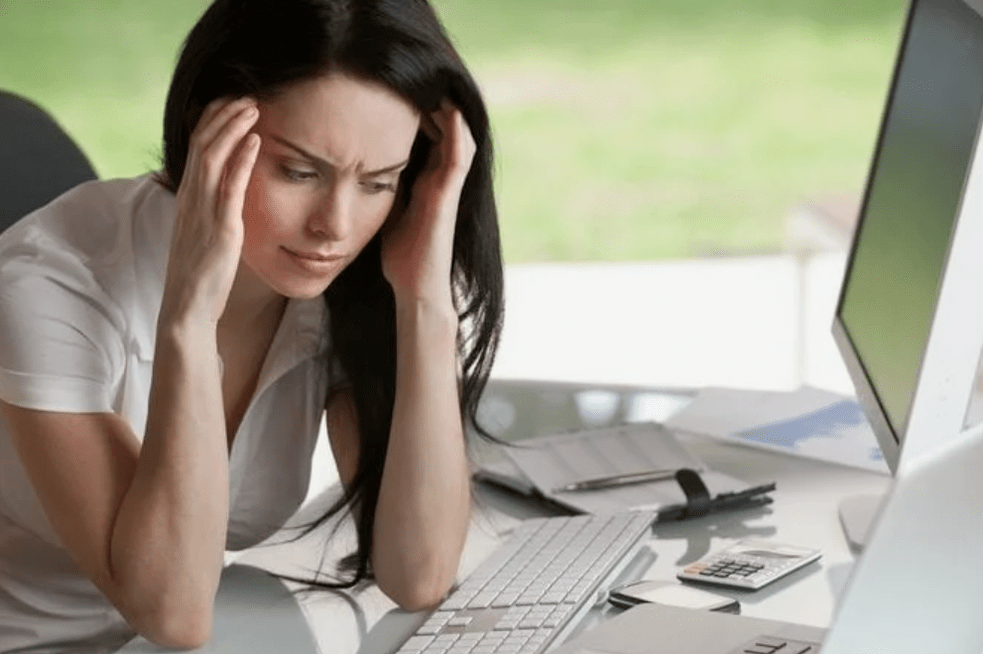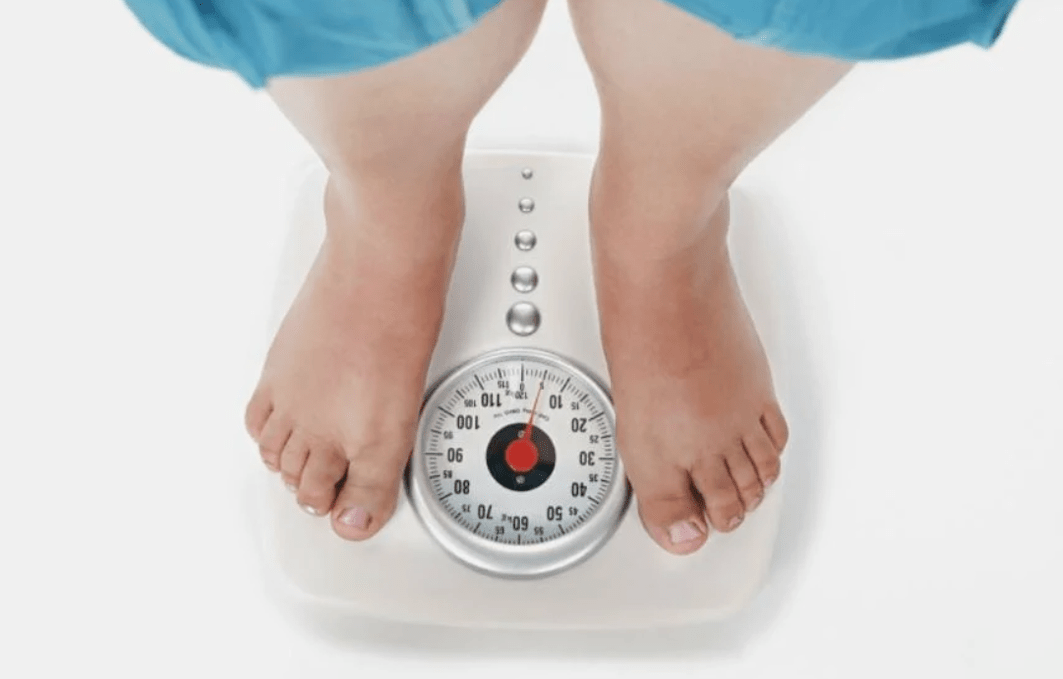Osteochondrosis is a chronically recurrent disease that occurs against the background of constant destruction of vertebrae and intervertebral discs.Depending on the location of vertebrates subjected to degenerative changes, they distinguish between breast pathology, lumbosacralis, and neck.The leading symptoms of osteochondrosis are pain, the severity of which increases during exercise, stiffness of movement.There are often spinal signs in the clinical picture: headache, blood pressure jumps, visual acuity and hearing.

The diagnosis is based on the results of instrumental studies - radiography, MRI, CT.Medicines from various clinical and pharmacological groups are used in osteochondrosis therapy.In order to increase their clinical effectiveness, physiotherapy and massage procedures are performed.One of the main methods of therapy and prevention is physiotherapy exercises.
The mechanism of development of the disease
The pathogenesis of osteochondrosis is based on the loss of pulpse from the core of its hydrophilic properties.This semi -lit structure consists of fibers and jacket of connective tissue.As one grows, there is a decrease in the vascular channel in each disc between the vertebrae.The intake of nutrients in it occurs diffuse, that is, according to the principle of spontaneous leveling of concentrations.This explains the inability to fully repair cartilage tissues after injury or excessive exercise on the spine.
The processes of osteochondrosis impair changes in the hormonal background and an unbalanced diet.The amount of nutrients sufficient for their full function does not enter into cartilage tissue, which provokes the following disorders of their structure and properties:
- Power and elasticity are lost;
- The shape, consistency and configuration change.
The intervertebral discs are flattened and the radial cracks are formed in fibrous rings.This causes a reduction in the distance between the adjacent vertebrae.Gradually, the connective tissues of fibrous rings and ligaments are involved in the pathological process.In response to tissue breakdown, the immune system begins to produce immunoglobulins, leading to aseptic inflammation and swelling in the joint of the joints and soft tissues located nearby.The joint capsules are stretched so that the intervertebral discs cease to securely fix the vertebrae.And with the instability of the intervertebral segments, the likelihood of disruption of the nerve root or the pressure of the blood vessel increases.This often happens with cervical osteochondrosis and causes its pronounced symptoms.
Causes and provocative factors
In the condition of the intervertebral discs, the reduced tone of the skeletal muscles of the spine has an adverse effect.The irrational, asymmetric muscle function occurs with a prolonged person in a non -physical position, for example with a decreased head while working on the computer.The destruction of cartilage tissues can be provoked by the constant wearing of a heavy bag on one shoulder, a soft mattress sleep and a high pillow.
The following external and internal negative factors also accelerate the destruction of the intervertebral discs:
- endocrine and metabolic disorders;
- infectious pathologies, especially chronic;
- Previous spinal injuries (compression fractures, bruises);
- frequent hypothermia;
- The presence of systemic or degenerative dystrophic diseases-gifts, psoriatic, rheumatoid arthritis, osteoarthritis, osteoporosis.

If a person has bad habits, then he is at risk.Smoking and abuse of alcohol worsen the condition of the blood vessels, leading to insufficient blood circulation and a deficiency of nutrients in the cartilage tissues of the discs.
In the presence of flat legs or club, the risk of developing osteochondrosis at each localization increases significantly.Such congenital or acquired defects cause the spinal cord to increase due to the inability to provide proper depreciation with the support.The factor predisposed to the onset of pathology is obesity.
The deposition of fat tissues in different parts of the body complicates the support for balance, leading to the effects of excessive loads on the intervertebral joints.
Clinical picture
The first clinical manifestation of cervical, thoracic or lumbar osteochondrosis is back pain.During the recurrence, he penetrates, radiates to the nearby part of the body.The lowest movement leads to an increase in the severity of the pain syndrome.A person's answer is to accept a forced position in which the intensity of uncomfortable sensations is minimal:
- People with cervical osteochondrosis prefer to turn not aside not, but the whole body;
- With breast pathology, one is even afraid to catch a full breath, as this becomes a cause of acute pain in the chest area;
- Patients with lumbar osteochondrosis are difficult to sit, get up and departure due to disorders of the spinal nerve.
Most patients complain to the doctor about stupid constant pain and a feeling of limiting movements in the morning.This requires additional differential diagnosis to exclude myositis (inflammatory process in the skeletal muscles of the back) and osteoarthritis.The cause of pain, pressing pain is the compensatory stress of muscle tissue to stabilize the affected vertebra-motor segment.Permanent pain syndrome also occurs due to a significant section of the intervertebral disc and the development of aseptic inflammation.
For osteochondrosis of a particular localization, specific symptoms are characteristic.For example, with lumbar pathology, lumbojishialgia is common - an attack for pain in the lower back and back of the thigh.Thoracic osteochondrosis is manifested clinically through visceral pain in the heart area, right hypochondrium, stomach, numbness, increased skin sensitivity, crunching in the vertebrae.But the most pronounced and varied symptoms are distinguished by a pathology that affects the cervical intervertebral discs.
As a result of the displacement of the vertebrae, the formation of osteophytes, the spinal artery is compressed, which feeds the cells of the brain, which provides them with oxygen.One suffers from disruption of movement coordination, tinnitus, headache, arterial hypertension.
What can be in the absence of treatment
Most complications of osteochondrosis occur due to the formation of hernias on the intervertebral disc.It is formed when this vertebra structure is displaced, leading to a rupture of the posterior longitudinal ligament.The disc becomes even more short and part of it protrudes in the cerebrospinal canal.Hernia is considered exploding if, in the process of its formation, together with the disc, its purposeful nucleus penetrates the channel.
Such a pathological condition of vertebrates predisposes to compression of the spinal cord and the development of discogenic myelopathy.It is clinically manifested in Torrap, the weaknesses of some muscle groups from the legs or arms, paresis, muscular atrophy, change in tendonal reflexes.Disorders of bladder emptying and (or) the intestines can also be observed.As a result of the formation of intervertebral hernia, the arteries that feed the spinal cord are pressed.Ischemic areas are formed in which all nerve cells are killed.SO neurological deficiency occurs - movements are impaired, sensitivity is reduced and the sides are upset.

Treatment tactics
Osteochondrosis does not lend itself to full -fledged treatment, as the drugs have not yet been synthesized, the administration of which will help to repair damaged intervertebral discs and vertebrae.But therapeutic regimens necessarily include chondroprotectors - slow -action symptomatic agents.Preference is given to medicines with active chondroitin ingredients with sulfate and (or) glucosamine sulfate (hydrochloride).
The clinical effectiveness of these drugs is confirmed by the results of many years of studies.With prolonged administration (from 3 months to 2 years), partial regeneration of cartilage tissues occurs, as well as other connective tissue structures - ligaments, tendons, riots.As they accumulate in the intervertebral discs of glucosamine and chondroitin, they begin to exercise a pronounced analgesic, decongestant, anti -inflammatory effect.This allows you to reduce the doses of NSAIDs, glucocorticosteroids, muscle relaxants, thus reducing the pharmacological strain on the body.
Joint medicines are ineffective with misuse or their use to treat 3 -degree osteochondrosis when significant destruction of cartilage tissues is observed.
To eliminate the symptoms that usually occur with cervical or osteochondrosis of the breast, the drugs are used to improve blood circulation, nootropics, a medicine that improves the microcirculation of the maze used for the pathology of the vestibular apparatus.
If necessary, antidepressants, anticonvulsants are included in therapeutic regimens.
In the treatment of osteochondrosis, physiotherapy procedures are used: UHF therapy, magnetotherapy, laser therapy.Reflexotherapy, massage, exercise, hirudotherapy, swimming, yoga are used.With the ineffectiveness of the patient's conservative treatment, surgery is shown.Practices are practiced by the disc, its laser reconstruction or the replacement of the implant.
































